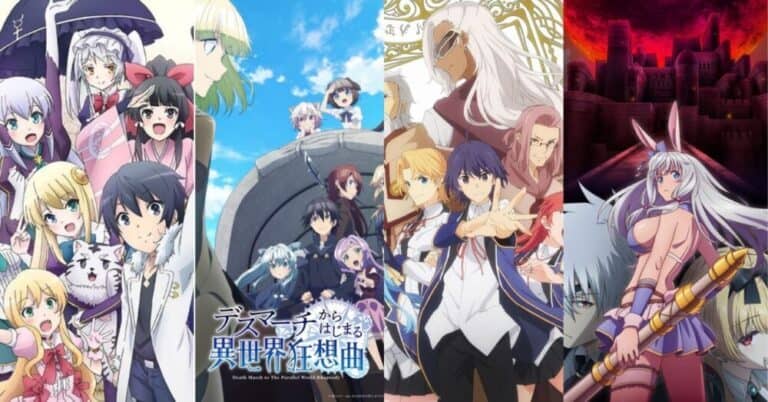The World of Anime: A Deep Dive into Japanese Animation
 0
0
Posted: Wed February 05 10:19 PM PST
Business: My Business Name
Tags: anime

Anime, a term derived from the English word "animation," refers to a unique style of animated media originating in Japan. Over the decades, anime has evolved into a global phenomenon, captivating audiences with its distinct artistic style, engaging storytelling, and diverse genres. From traditional hand-drawn sketches to advanced CGI animations, anime has carved a niche in the entertainment industry, influencing pop culture worldwide.
Learn about black whiplash with our informative articles covering symptoms, treatment options, and recovery tips to help you regain your well-being.
History of Anime
The history of anime dates back to the early 20th century, with pioneers such as Jun'ichi Kōuchi and Seitaro Kitayama contributing to Japan’s first animated works. However, it was Osamu Tezuka, often regarded as the "God of Manga," who revolutionized the industry in the 1960s with "Astro Boy," setting the foundation for modern anime. Since then, anime has expanded into multiple genres, gaining international acclaim and recognition.
Characteristics of Anime
Anime is distinguished from Western animation by several key characteristics:
Art Style: Large, expressive eyes, exaggerated facial expressions, and vibrant colors.
Storytelling: Deep and intricate narratives with emotional and philosophical undertones.
Cultural References: Heavy incorporation of Japanese traditions, folklore, and daily life.
Varied Target Audiences: Unlike Western cartoons, which are often aimed at children, anime caters to various age groups.
Popular Genres in Anime
Anime encompasses a wide array of genres, ensuring something for every viewer. Below is a table detailing some of the most popular anime genres and their notable examples:
Genre
Description
Popular Anime Titles
Shōnen
Action-packed anime aimed at young male audiences
"Naruto," "Dragon Ball Z," "One Piece"
Shōjo
Romance and drama-oriented anime for young female audiences
"Sailor Moon," "Cardcaptor Sakura"
Seinen
Mature themes and complex narratives targeting adult males
"Berserk," "Tokyo Ghoul," "Vinland Saga"
Josei
Slice-of-life and romance anime for adult women
"Nana," "Paradise Kiss"
Mecha
Robot and sci-fi-centered anime
"Neon Genesis Evangelion," "Gundam"
Isekai
Characters transported to a different world
"Sword Art Online," "Re:Zero"
Horror
Supernatural and psychological thrillers
"Parasyte," "Tokyo Ghoul," "Another"
Sports
Anime focused on athletics and competition
"Haikyuu!!," "Kuroko no Basket"
The Impact of Anime on Global Pop Culture
Anime has grown beyond Japan’s borders, influencing multiple aspects of global culture, including:
Fashion: Anime-inspired clothing and cosplay have become mainstream.
Film & Television: Hollywood adaptations and anime-influenced Western cartoons like "Avatar: The Last Airbender."
Gaming Industry: Popular anime-based video games such as "Naruto Shippuden: Ultimate Ninja Storm."
Music: Anime theme songs gaining international recognition.
Conclusion
Anime continues to be a dominant force in the world of entertainment. With an ever-growing global fanbase, it has transcended cultural barriers, uniting fans from all walks of life. As the industry evolves with technological advancements, anime remains an integral part of storytelling and artistic expression, solidifying its place in history as a unique and influential form of media.
Experience the essence of blackwhiplash, a premier fashion hub. Browse our curated selection and find the perfect pieces to express your unique style.
Comments
Please login above to comment.
